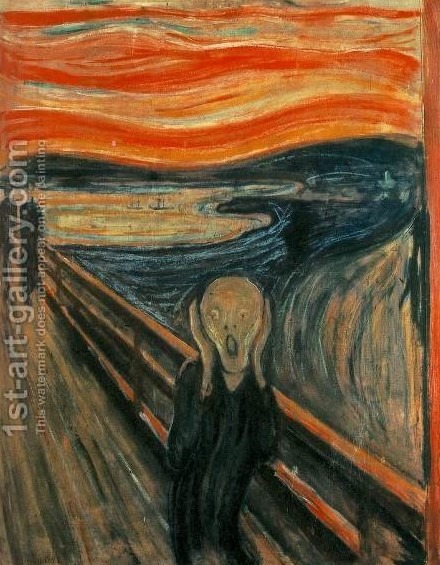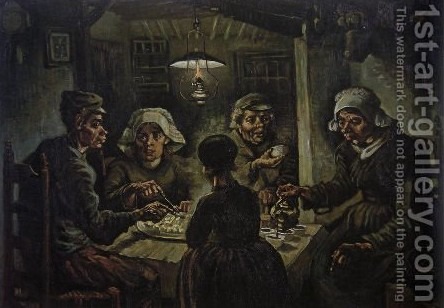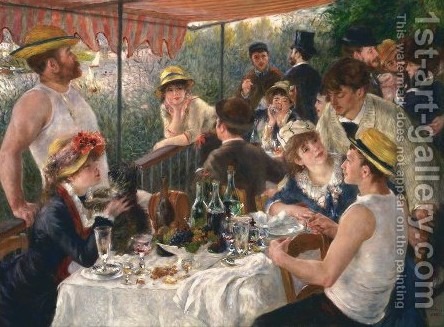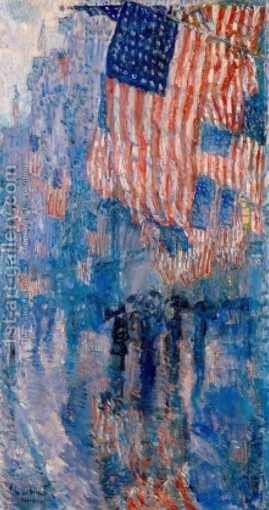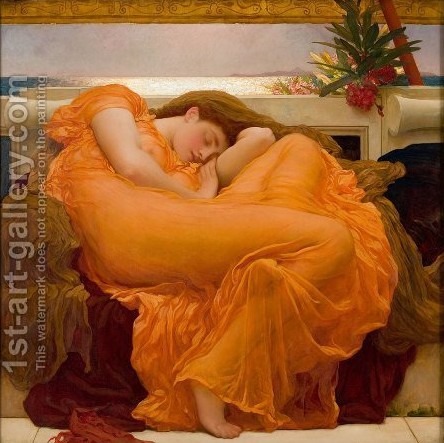There is so much more to art than one can see through their eyes; art is not just taking a medium and drawing on it. It is about conveying a feeling across to viewers, and it takes a lot of skill to do that as well!
The ability to have a feeling flow from your pencil or a brush onto your art medium is how one expresses emotion through it. Many famous artists ensure that their paintings have a background story that helps the viewer understand and connect.
Art enthusiasts are so passionate about art because of this very reason. The expression of one’s inner turmoil and passion is art; it is no doubt that it can transfer emotion! This article will enlighten you with a few paintings that conveyed artists’ feelings through their good and bad times – all so gracefully as well!
The Scream
Considered to be one of the most iconic paintings of the 20th Century, The Scream was beautifully crafted by Edvard Munch. The illustration shows a humanoid figure, barely human though, as it clutches its face in complete terror and anguish.
Using hues of different colors like vermillion and cadmium yellow for the sky, Munch made this painting portray human desperation through the portrait’s depersonalization – that’s why it’s one of the most thoughtful paintings as well.
Starry Night Over the Rhone
Van Gogh was specifically very captivated by the night sky of the Southern French region. Painted a year before The Starry Night, Starry Night Over the Rhone became a massive accomplishment of Van Gogh as he brought forward a reproduction of the night sky but in a luminous manner.
The interpretation of this painting can be taken in many ways; some believe it shows violence and anguish. Others think that there is serenity embedded deep inside the cosmic vortex of the night sky.
The Potato Eaters
The Potato Eaters was Van Gogh’s first major work, and he chose to depict peasants the way they really were in 1885. The models were coarse and not really good-looking because he wanted to portray them differently; he wanted to make them look as natural as possible.
Van Gogh also shows how they acted and how they would interact with each other typically, possibly conveying emotion in people about the way they treated peasants as well.
Luncheon of the Boating Party
Pierre Auguste Renoir’s painting signifies the joys of youth and repose, as revelers engage with each other at a lunch party. All of the models in this painting were Renoir’s close friends as they shared wine and laughter on the balcony of Maison Fournaise restaurant in Chatou, Paris. This painting portrays an extraordinarily idyllic and joyful impression of the French society back in the nineteenth century, as everyone enjoys lunch without worrying about their social class or any differences in the social hierarchy.
The Return of the Prodigal Son
Painted between 1661 and 1669, The Return of the Prodigal Son is considered one of the most monumental paintings in the history of art. Rembrandt Van Rijn knew that this topic was a very discussed one during the Renaissance and crafted this painting to signify the Christian virtue of mercy – it invokes a humane and warm feeling in the eyes of the viewer.
The painting portrays more of Rijn’s spiritual insights, and he knew how passionate people were about such Biblical tales in that time period. The Return of the Prodigal Son symbolizes forgiveness and shows the unquestioning love of a father who wholeheartedly clings to the body of his son.
The Avenue in the Rain
The Avenue in the Rain is Frederick Childe Hassam’s impressionist reproduction of patriotism, painted in 1917. This was at the time of World War I, and the painting clearly shows fluttering flags of the United States while also carrying the perfect conjuring tricks of both light and movement.
Many at the time were expecting artists to incorporate the love for the United States in their paintings, and Hassam believed he should do the same. The painting forms a very patriotic image for the timeline it was created in, and the rainy impression also points at the ominous face of the war.
Flaming June
Painted in 1895 by Lord Frederick Leighton, Flaming June is the perfect representation of calmness and serenity. Leighton uses the electric color palette of the Pre-Raphaelites, the classical figures of Neo-classicists, through the help of symbolic icons of the Symbolists.
He also avoids providing the accurate reproduction of his female figure because of her feline pose and uses his idealized reclining posture instead. There is an ethereal dreaminess to Flaming June, and Leighton portrayed it perfectly as well; the figure is sleepy and relaxed, so is the theme of this painting.
Conclusion
Throughout history, art has been used to convey feelings, emotions and record historical events as well. It has undoubtedly been used as a medium for artists to express themselves and how they feel – sometimes, putting thoughts in words could get too complicated while showing through a paintbrush and canvas may not! You can very conveniently visit https://www.wikiart.org/ to view the artworks that speak volume without uttering a word.

